Gone are the days when sneakers were just for the gym or athletic fields. Today, sneakers are a fashion staple that can be dressed up or down. But with so many options on the market, it can be tough to find a pair that’s both stylish and comfortable. If you’re on the hunt for a new pair of comfy sneakers, you’ve come to the right place. In this post, we’ll be rounding up 20 of the most comfortable sneakers for women, so you can find the perfect pair for your needs.
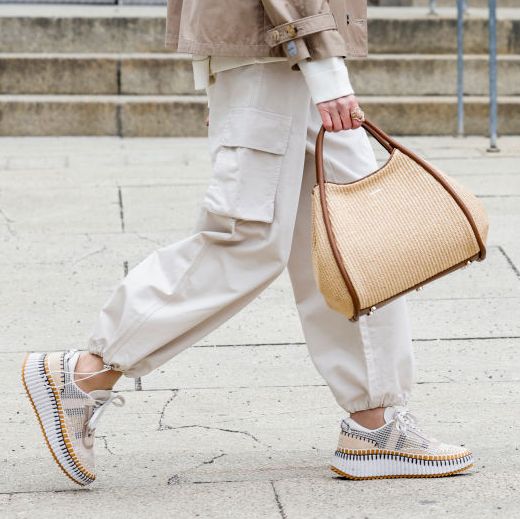
OUR TOP PICKS
NIKE WMNS AIR MAX 97
The Nike Wmns Air Max 97 blends iconic style with plush comfort. Featuring a design inspired by Japanese bullet trains, the Air Max 97 boasts a sleek, wavy upper that turns heads. But don’t let its good looks fool you – this sneaker is a comfort champion too. Thanks to its visible full-length Nike Air unit, the Air Max 97 delivers exceptional cushioning with every step. Whether you’re cruising the city streets or running errands, these kicks will keep your feet happy all day long.
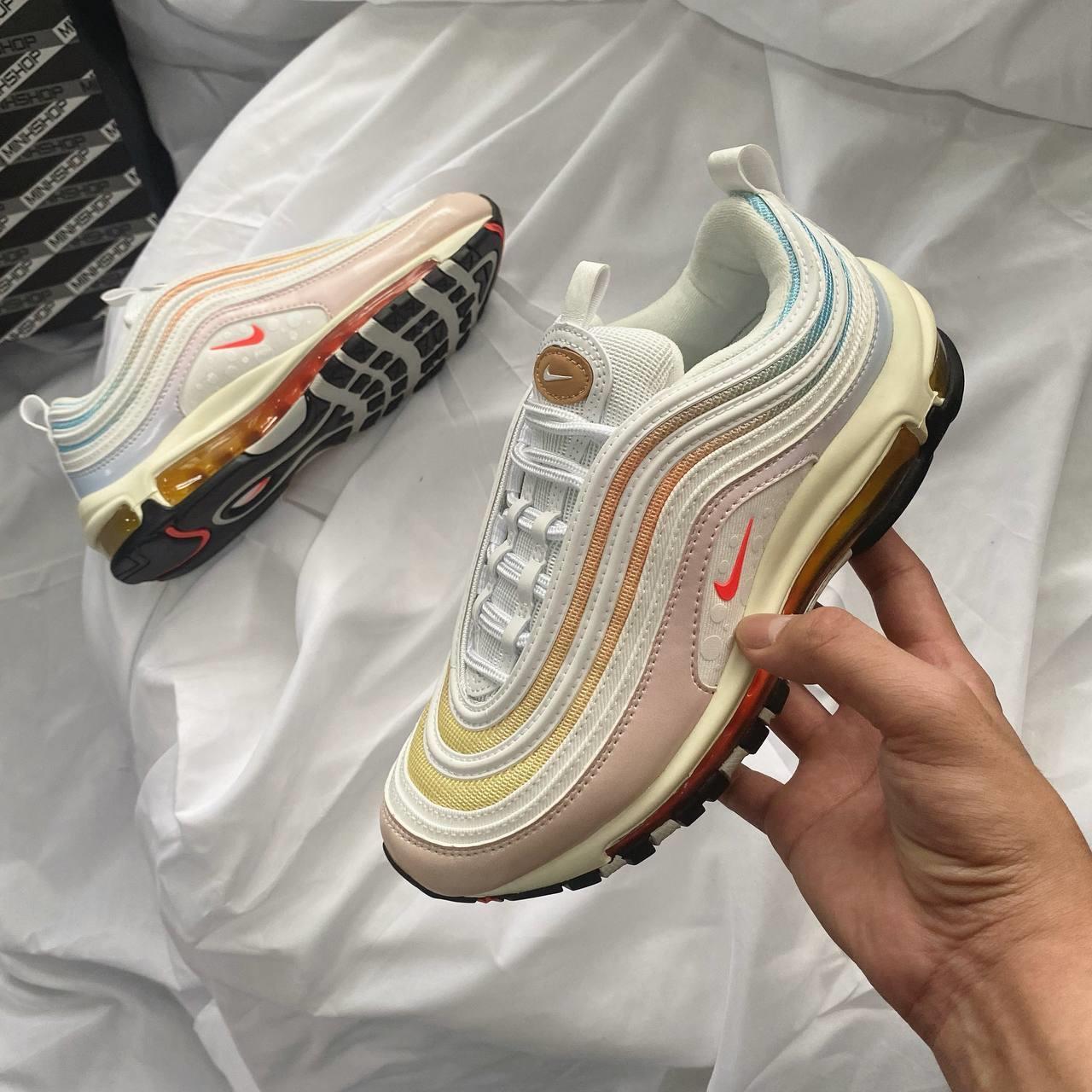
HOKA CLIFTON 9
Known for their luxuriously cushioned running shoes, Hoka doesn’t disappoint with the Clifton 9. This latest iteration is even lighter than before, despite boasting a slightly increased stack height for even more plush comfort. Hoka achieves this magic with a new, responsive foam that keeps your feet feeling fresh on long runs or daily walks. The Clifton 9 also features a redesigned outsole for improved durability and a smooth ride.
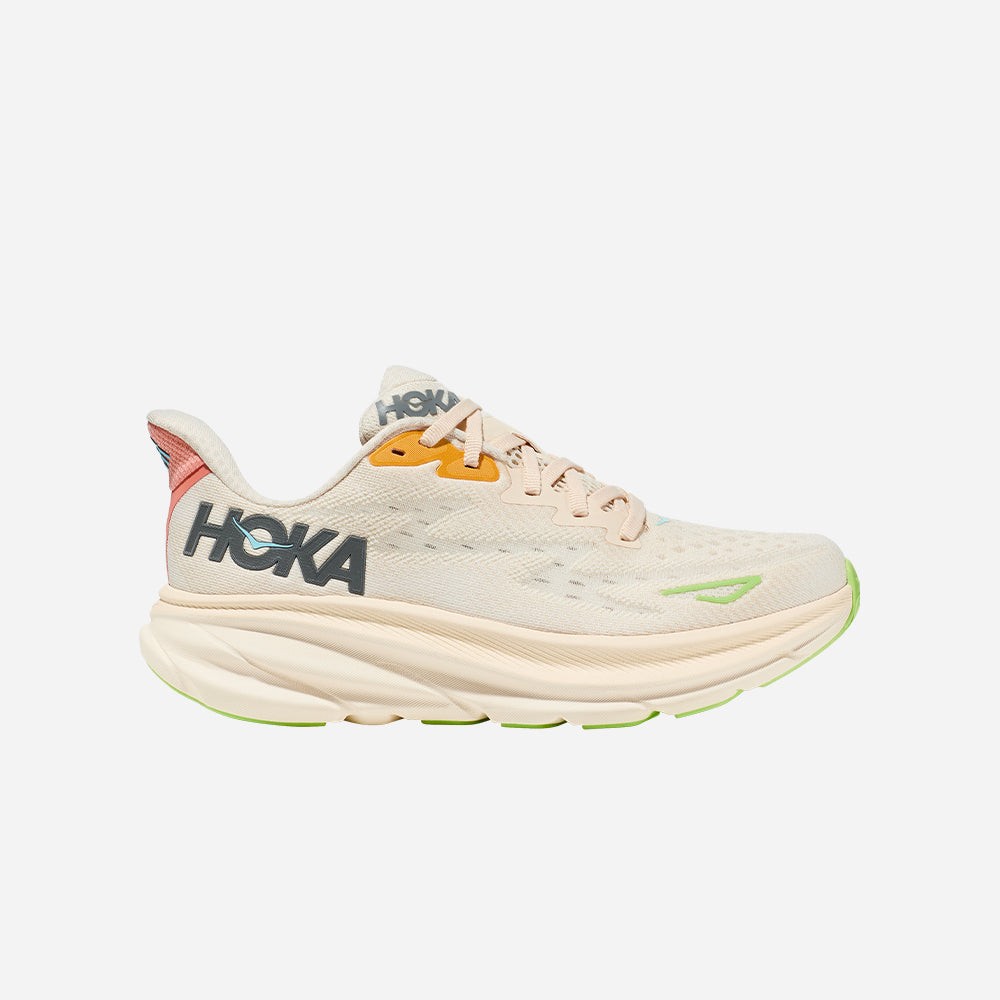
VEJA V-10 SNEAKERS
Veja, the French brand, has established itself as a leader in the sustainable sneaker industry, gaining notable attention with support from Meghan Markle. Crafted from ethically sourced materials, including wild Amazonian rubber for the soles and responsibly produced leather for the upper, this white pair epitomizes the brand’s commitment to eco-conscious practices.
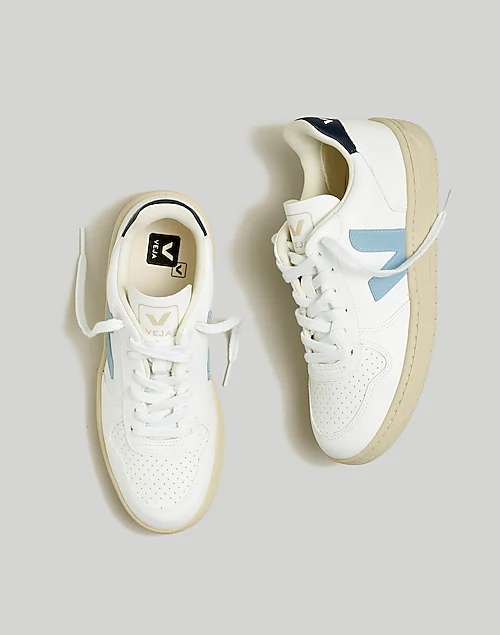
ROTHY’S SAND SLIP ON
Rothy’s Sand Slip On is a stylish and sustainable option for all-day comfort. Made from recycled plastic bottles, this knit sneaker is lightweight and breathable, perfect for warm weather or everyday wear. The “sand” color offers a versatile neutral tone that complements a variety of outfits. Rothy’s signature feature is their comfortable, sock-like fit. They’re designed to hug your foot without feeling constricting, and can even be worn comfortably without socks. An extra-cushy footbed provides arch support and structure, making them great for running errands, exploring the city, or long walks.

ON CLOUDECLIPSE
The On Cloudeclipse is a fantastic option for runners seeking a balance between plush comfort and a responsive ride. On’s signature CloudTec cushioning system uses hollow pods that collapse on impact, absorbing shock and providing a soft landing. However, these pods also lock together during push-off, delivering a propulsive feel that keeps you moving efficiently. The Cloudeclipse also features a breathable mesh upper that keeps your feet cool and comfortable on long runs.
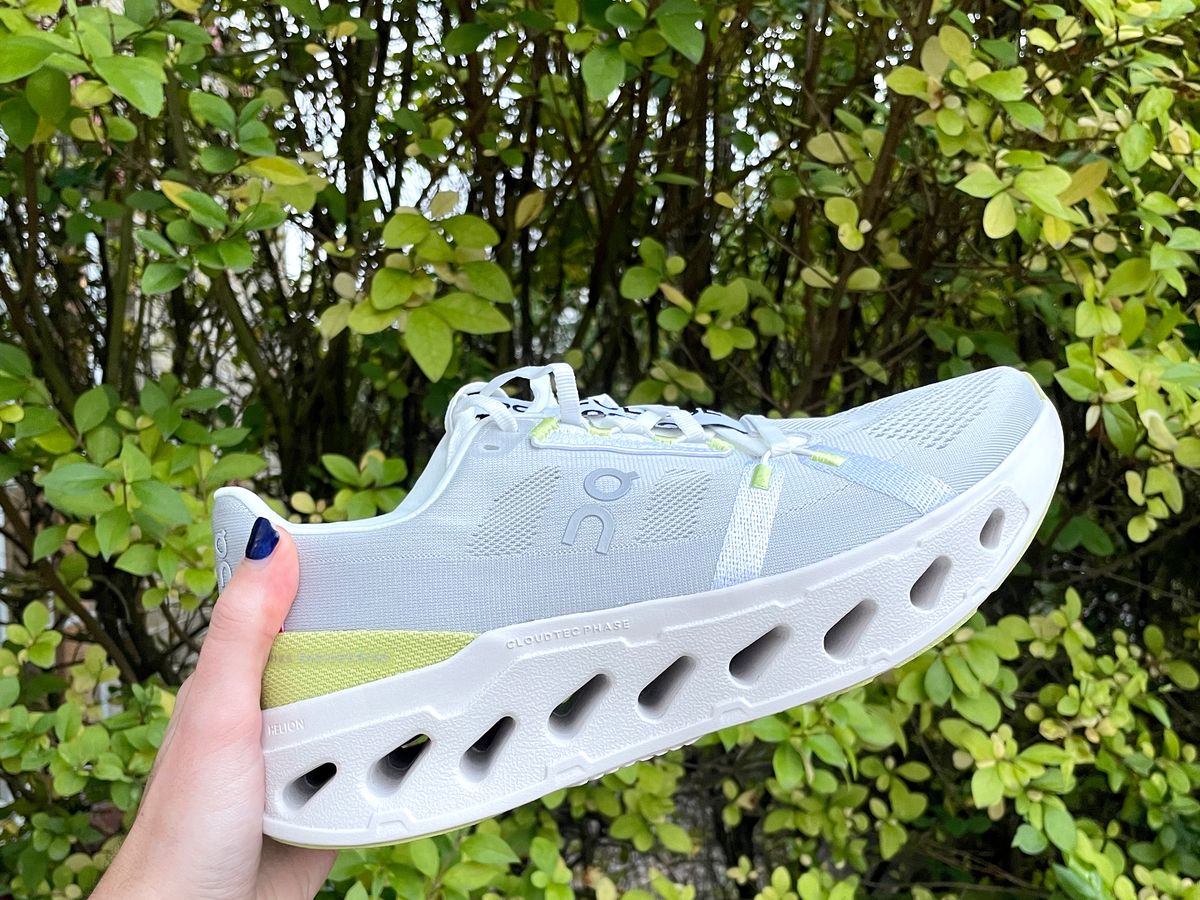
MADEWELL KICKOFF TRAINER SNEAKERS
Madewell’s Kickoff Trainer Sneakers are a strong contender for those seeking a balance between style and all-day comfort. These sneakers walk the line between a classic chunky sneaker and a more streamlined silhouette, making them versatile for a variety of outfits. The real star of the show, however, is the comfort. Madewell equips them with their MWL Cloudlift insoles, known for providing plush cushioning and arch support. This translates to comfortable wear throughout the day, whether you’re sightseeing on vacation or pounding the pavement running errands.

ALLBIRDS TREE RUNNER
Allbirds Tree Runner is a champion for both comfort and sustainability. Made with their signature eucalyptus tree fiber, the Tree Runner is surprisingly lightweight and breathable. This eco-friendly material is naturally moisture-wicking, keeping your feet cool and dry all day long. The eucalyptus upper is also incredibly soft, feeling almost silky smooth against your skin. While not necessarily designed for high-impact workouts, the Tree Runner provides ample cushioning for everyday wear, walking, and light jogs. Plus, the minimalist design makes them a versatile choice that goes with anything from jeans and a tee to a casual dress.
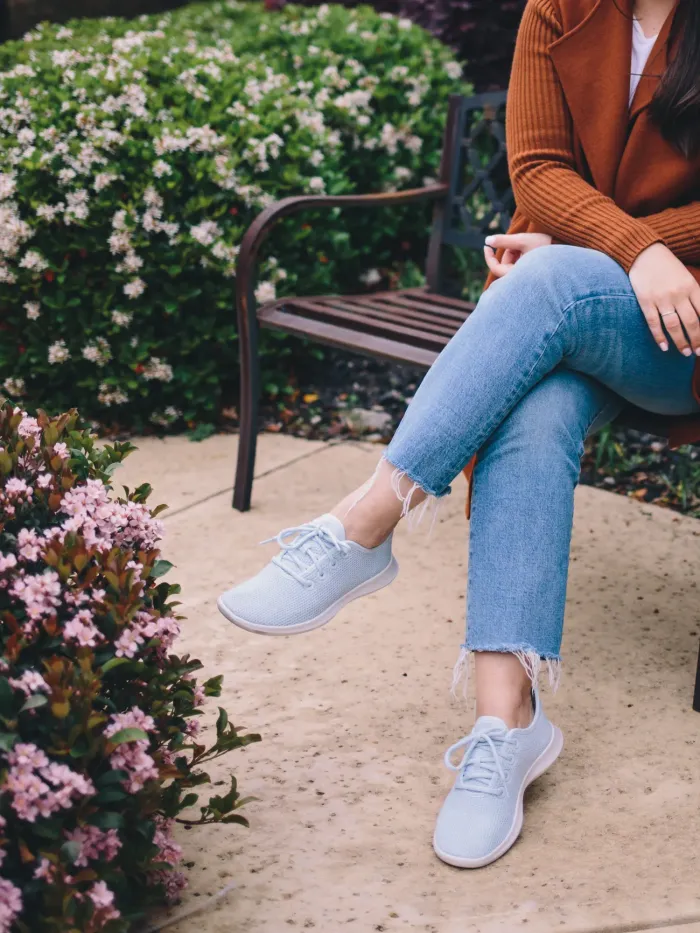
VIVOBAREBOOT PRIMUS LITE III WOMENS
The Veja sneakers are a good choice for people who like to lift weights. They have special features that help you do exercises like squats, lunges, and deadlifts better. The bottom of the shoe is thin and flexible, which makes it easier to feel the ground and stay stable. The wide toe area lets your toes spread out naturally, which helps you stay balanced. These shoes are also light and let your feet breathe, so you won’t feel weighed down or too hot during your workout. But there are some things to think about before buying them. They don’t have much cushioning, so if you’re used to shoes with a lot of padding, these might feel flat. Also, they’re not great for activities where you jump a lot because the sole is thin.
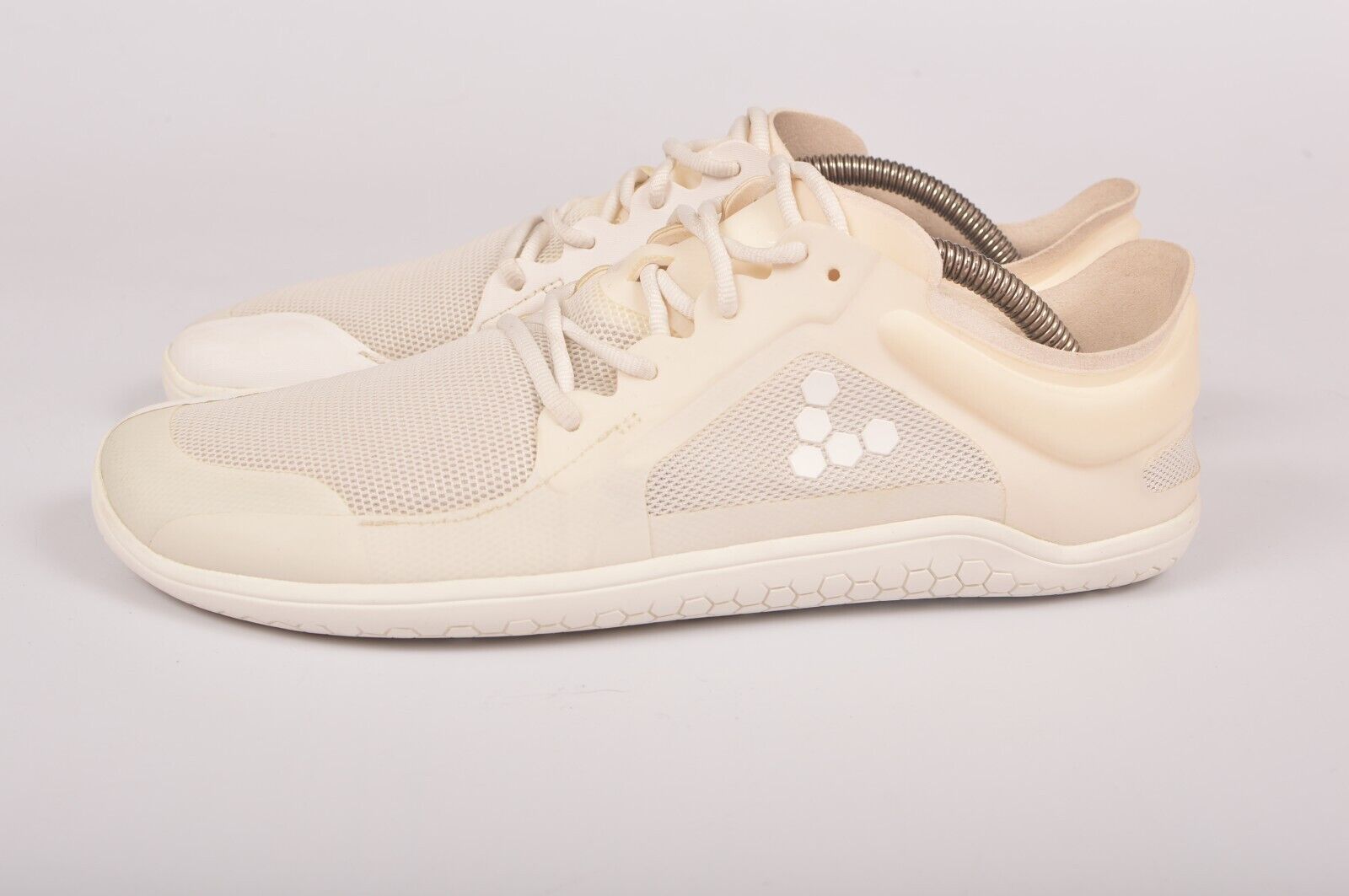
LØCI NINE
The LØCI Nine falls into the category of stylish, sustainable sneakers with a focus on everyday comfort. Made from recycled and renewable materials, the LØCI Nine caters to the eco-conscious consumer. They’re crafted with a minimalist design that pairs well with a variety of outfits, making them a versatile choice for casual wear or running errands. While specific details on cushioning aren’t readily available, LØCI emphasizes a focus on sustainable materials, so they might prioritize breathability and lightweight comfort over heavy-duty arch support. If you’re looking for a cute, eco-friendly sneaker for everyday wear, the LØCI Nine could be a good option.

ASICS GT-2160 SNEAKERS
Asics GT-2160 is a solid choice for runners seeking a balance between comfort, support, and affordability. Known for its moderate support and enhanced stability, the GT-2160 caters to runners with a variety of gaits. The Asics GT-2160 is a top choice for many runners due to several key features. Its utilization of Asics’s renowned GEL technology in the heel provides both shock absorption and stability, making it ideal for runners who overpronate or require extra support. Additionally, the shoe boasts a well-cushioned midsole, ensuring a comfortable experience even during long runs or daily wear. Asics prioritizes durability in the construction of the GT-2160, ensuring it can withstand the rigors of many miles. Another appealing aspect is its affordability compared to higher-end running shoes.
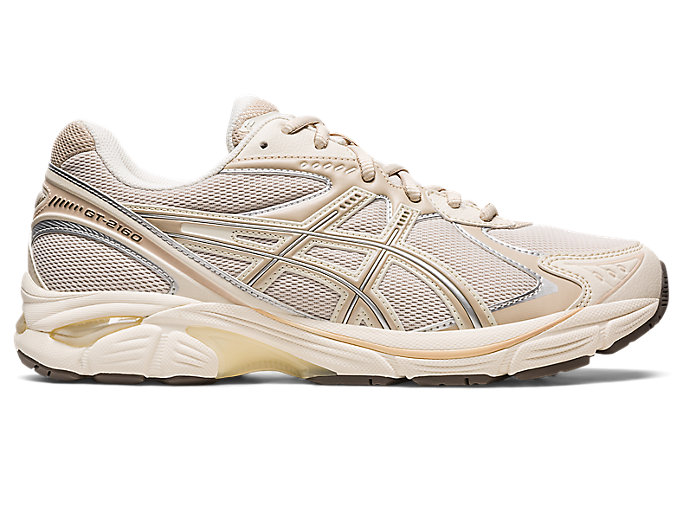
ALTRA ESCALANTE 3
For those with wide feet, the Altra Escalante 3 stands out as a champion of comfort. This running shoe features a signature FootShape toe box that allows your toes to splay naturally, providing ample wiggle room for even the widest feet. This wider design can help prevent uncomfortable pinching and cramping during long runs or walks. Beyond the toe box, Altra equips the Escalante 3 with a plush InnerFlex midsole that offers a soft, responsive ride. The breathable upper keeps your feet cool and dry, while a strategically placed outsole provides durability and traction.
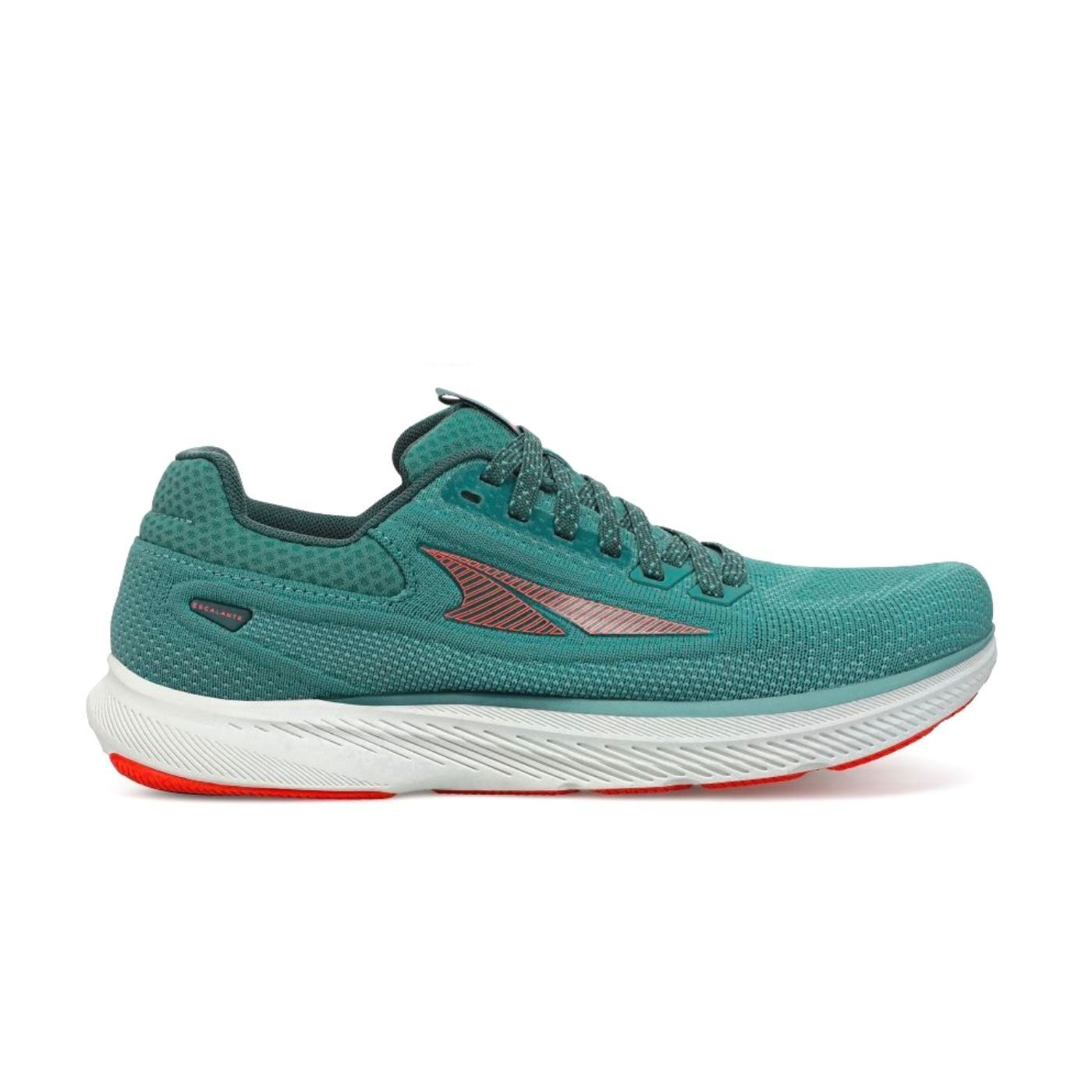
ADIDAS SAMBA VEGAN WHITE GUM
The Adidas Samba Vegan White Gum may not be the first choice for the comfiest sneakers, but it’s a cool mix of style, comfort, and eco-friendly stuff. Originally made for indoor soccer, these shoes fit snugly without being too stiff, thanks to their bouncy rubber soles. They’re also good for people who care about animals because they’re made with fake leather and suede. The shoes look classic with their white color, black stripes, and gum sole, so you can wear them with lots of different clothes. Just know that they don’t have as much cushioning as shoes made specifically for walking or running, so they might not be the best for long walks or standing for a long time. Also, some people might need a little time to get used to them as the fake materials soften and shape to your feet.
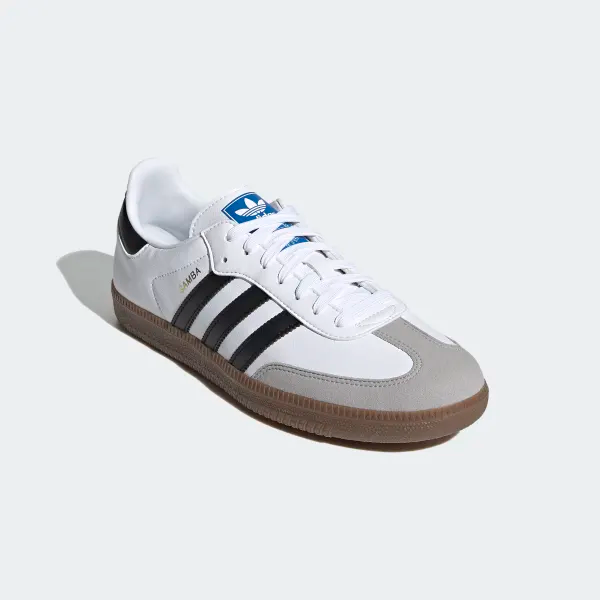
NIKE V2K RUN
The Nike V2K Run offers a range of pros, including its great price point, trendy design, and suitability for office wear. On the downside, it’s limited in color choices and tends to sell out fast. Designed for comfort and support during various physical activities, the sneaker comes in sizes 5 to 12 and is available in White/Silver or White/Green color options. Its construction features a mesh upper and dual-density foam midsole, ensuring both breathability and cushioning for wearers.
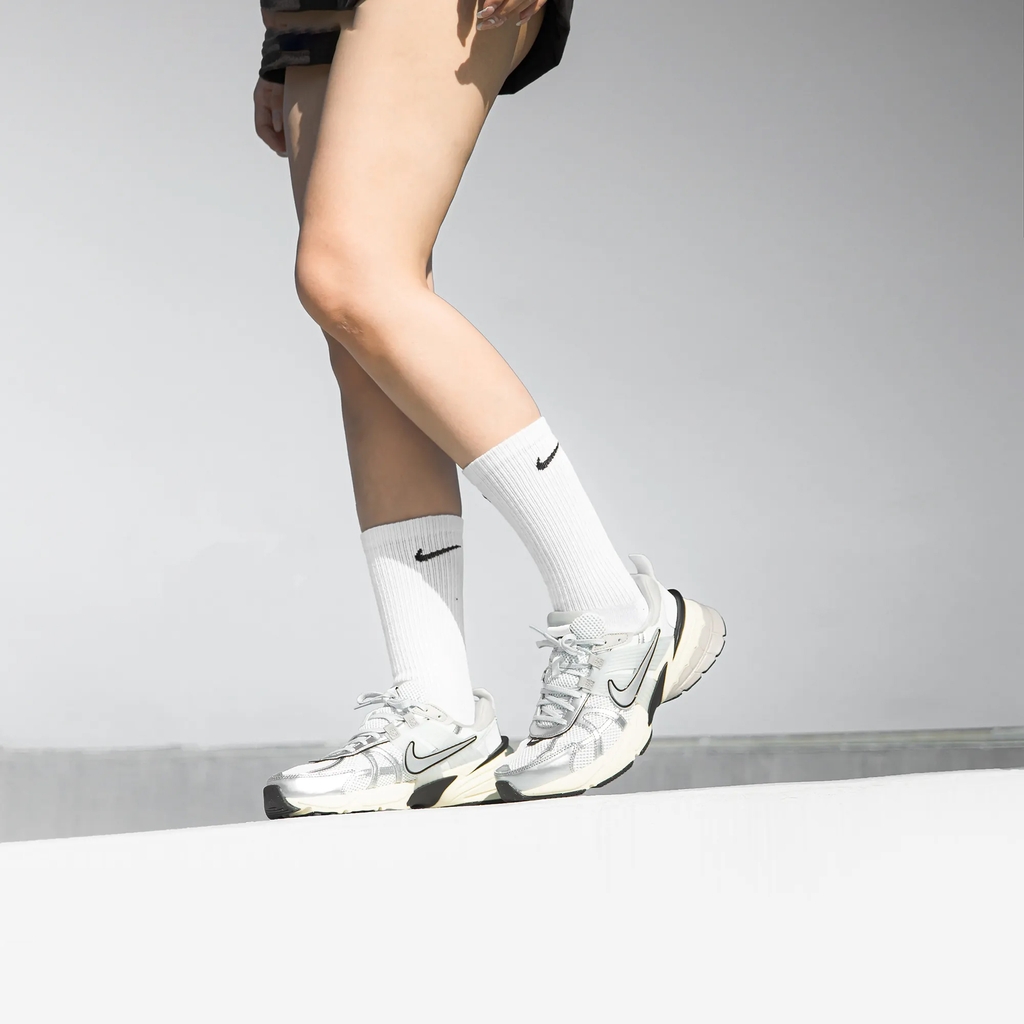
ADIDAS DROPSET 2 TRAINING SHOES
The Adidas Dropset 2 Training Shoes are made especially for people who lift weights or do strength training. They’re great for these activities because they have a flat and steady base, which helps with exercises like squats, deadlifts, and presses. The shoes also keep your feet stable and supported, thanks to special TPU sidewalls that lock your midfoot and support your heels, so you don’t roll your feet when lifting heavy weights. Even though they’re all about stability, they’re still comfortable because they have a special kind of sole. It’s firmer in the heel for control and softer in the front to absorb shock when you do things like lunges or jumps. The shoes also have a part that lets air in, so your feet stay cool when you’re working hard. But they’re not good for running because they’re flat and focused on keeping you stable, not for moving quickly.
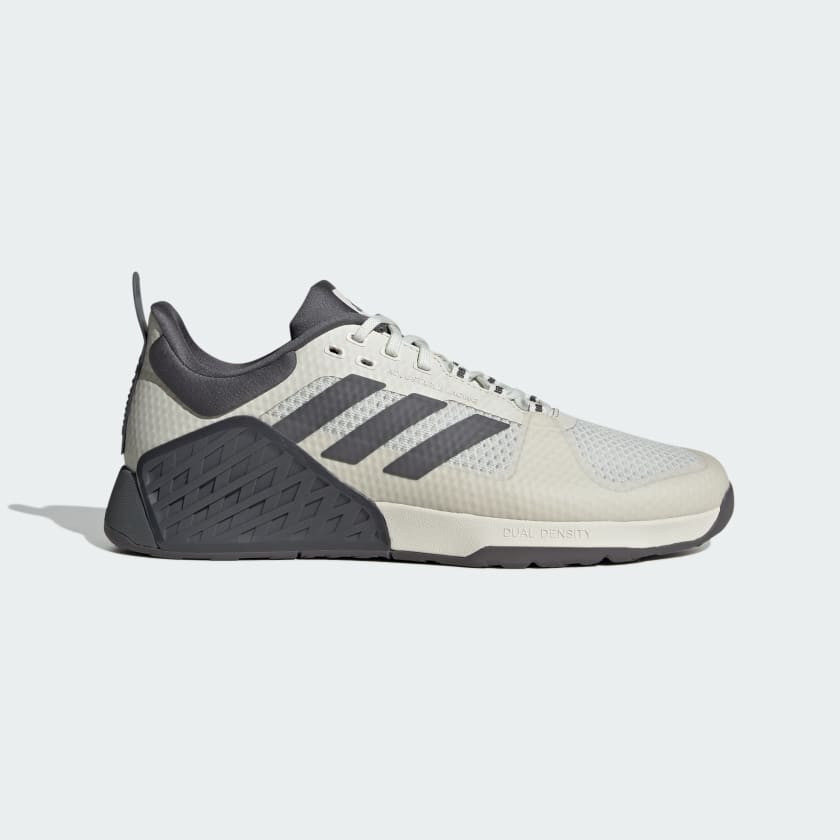
SAYE MODELO ’89 VEGAN
The Modelo ’89 Vegan sneakers by Saye are great for people who care about the environment. They’re made with eco-friendly stuff like vegan napa, recycled insoles, and cotton laces. These shoes look like classic tennis shoes, so you can wear them for everyday stuff. They might feel comfy because they use natural materials, but we don’t know much about the cushioning. Saye also tries to be eco-friendly with their packaging. But these shoes might not be the best for long walks or standing for a long time because they might not have a lot of cushioning. Also, they might need some time to feel right on your feet because they’re made of vegan leather.
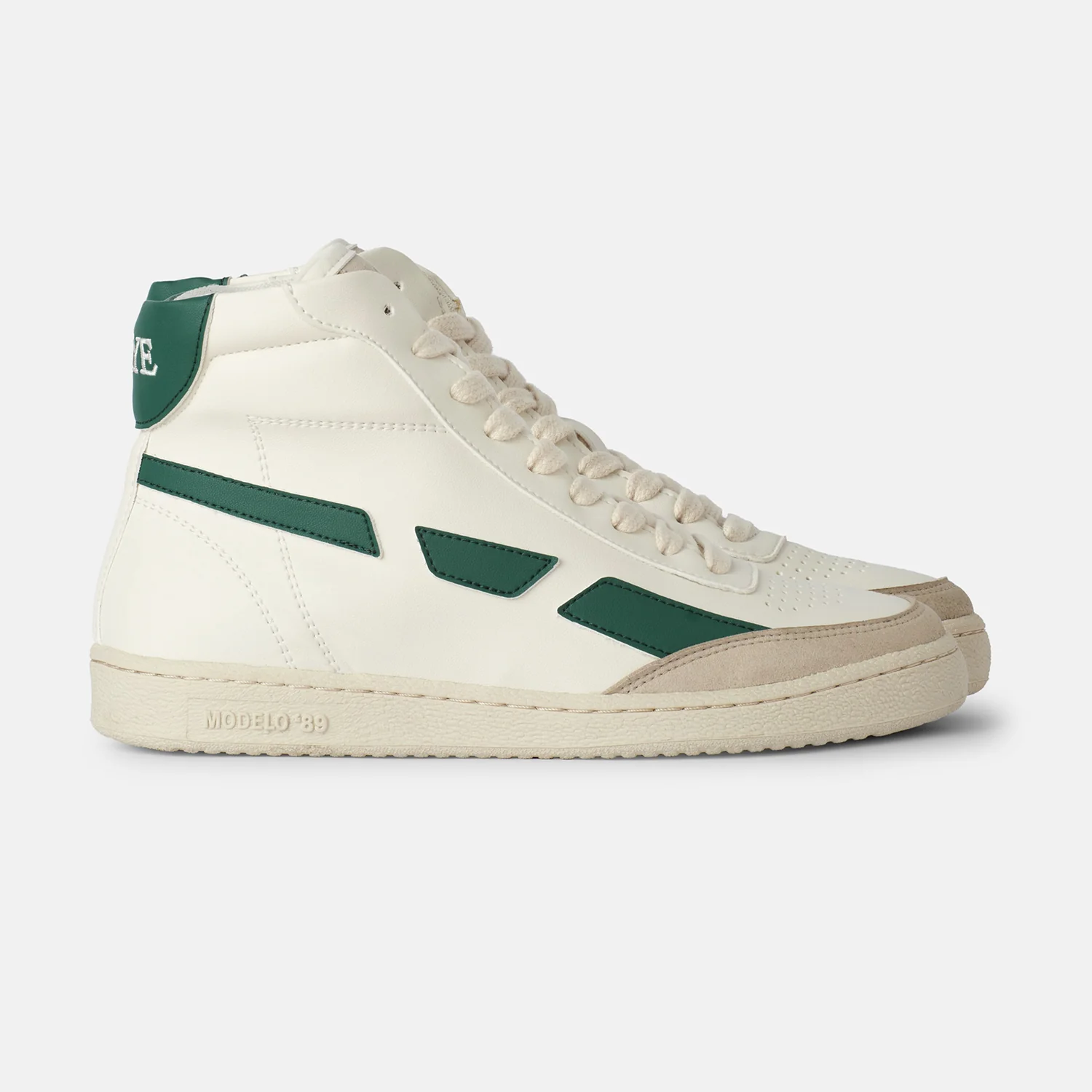
ADIDAS SUPERSTAR SNEAKER
The Adidas Superstar sneaker has been famous for a long time since it first came out in 1970. It was made for basketball but became popular for everyday wear too. People love its simple style with a shell-toe cap and three stripes on the side. It’s made with strong leather on top and a rubber sole that bends easily and lasts long. You can wear it with lots of different clothes because it looks good with everything from casual to fancy outfits. But it might not be the best choice for activities where you walk a lot, stand for a long time, or do intense movements because it doesn’t have much padding.
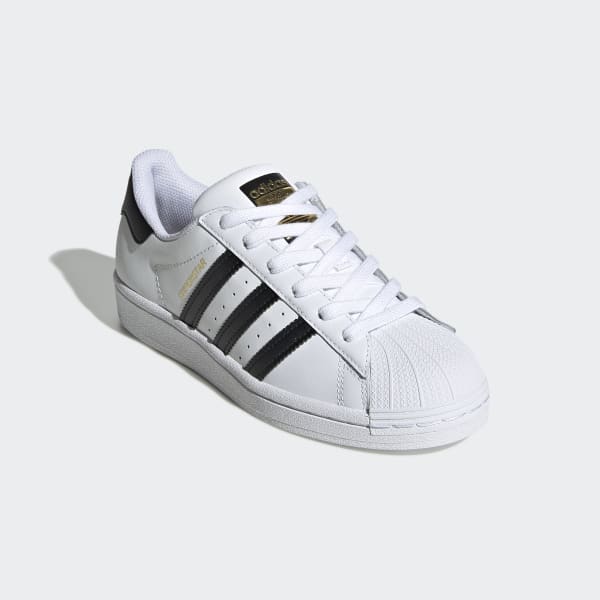
ON CLOUDSTRATUS 3
The On Cloudstratus 3 is a top pick for a really comfy cross-training shoe that’s good for lots of different workouts. Its best feature is the soft CloudTec cushioning, which makes it feel nice and bouncy, perfect for things like lifting weights, jumping, or using the treadmill. Even though it’s soft, it’s still stable with a wide bottom and supportive middle part, which stops your feet from rolling around during side-to-side moves or heavy lifting. The top part is made of special mesh that lets air in, keeping your feet cool when you’re working hard. These shoes are like a mix between running shoes and training shoes, so they’re good for both running and doing exercises like jumping jacks. But because they’re really focused on being soft, they might feel a bit bigger and they can be more expensive than some other shoes made by On.
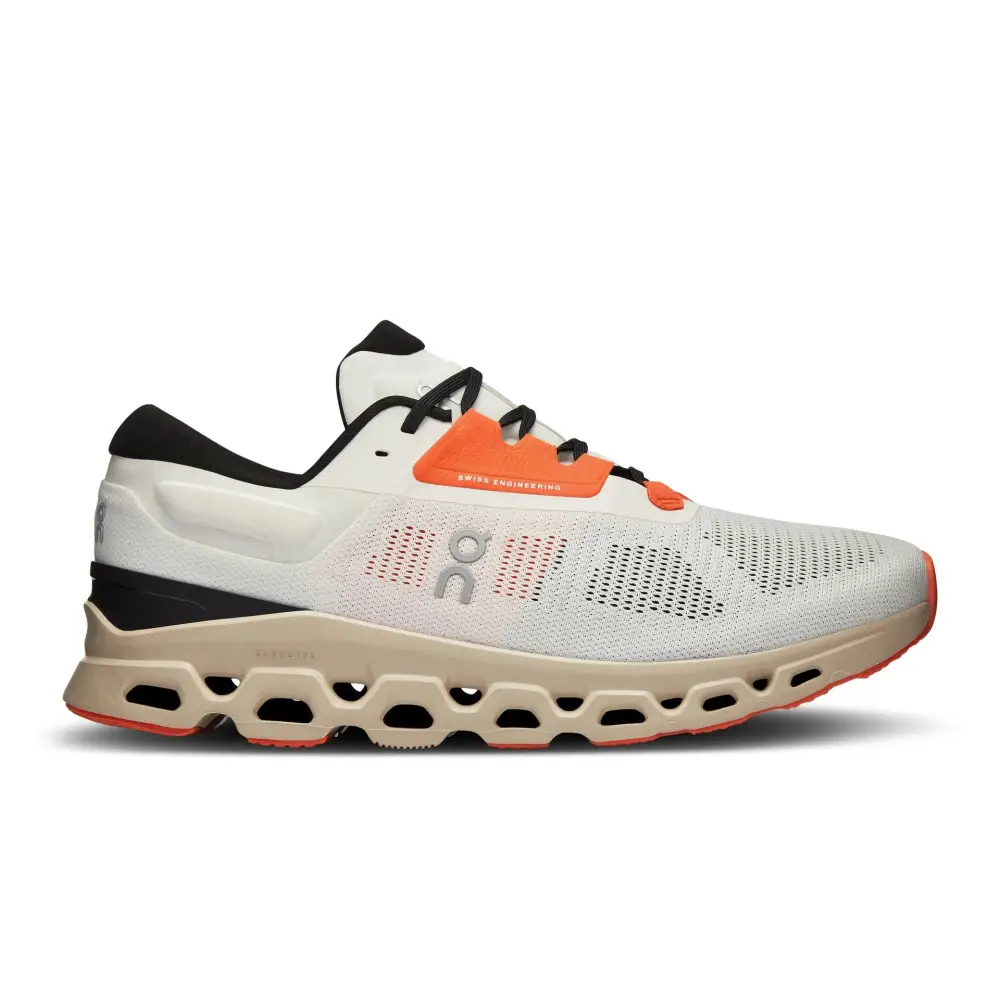
CARIUMA OCA LOW SNEAKERS
Cariuma’s OCA Low Sneakers are made for people who care about the environment and want comfy shoes for everyday wear. They’re vegan and made with eco-friendly stuff like organic cotton and rubber. These shoes look classic and can be worn for lots of different things like going out or running errands. The insoles are also vegan and made from cork and special oil. They’re good for walking around every day because they’re flexible and strong, but they might not be the best for hard workouts or rough ground. Just know that they’re not super supportive like athletic shoes because they focus more on being eco-friendly and simple.
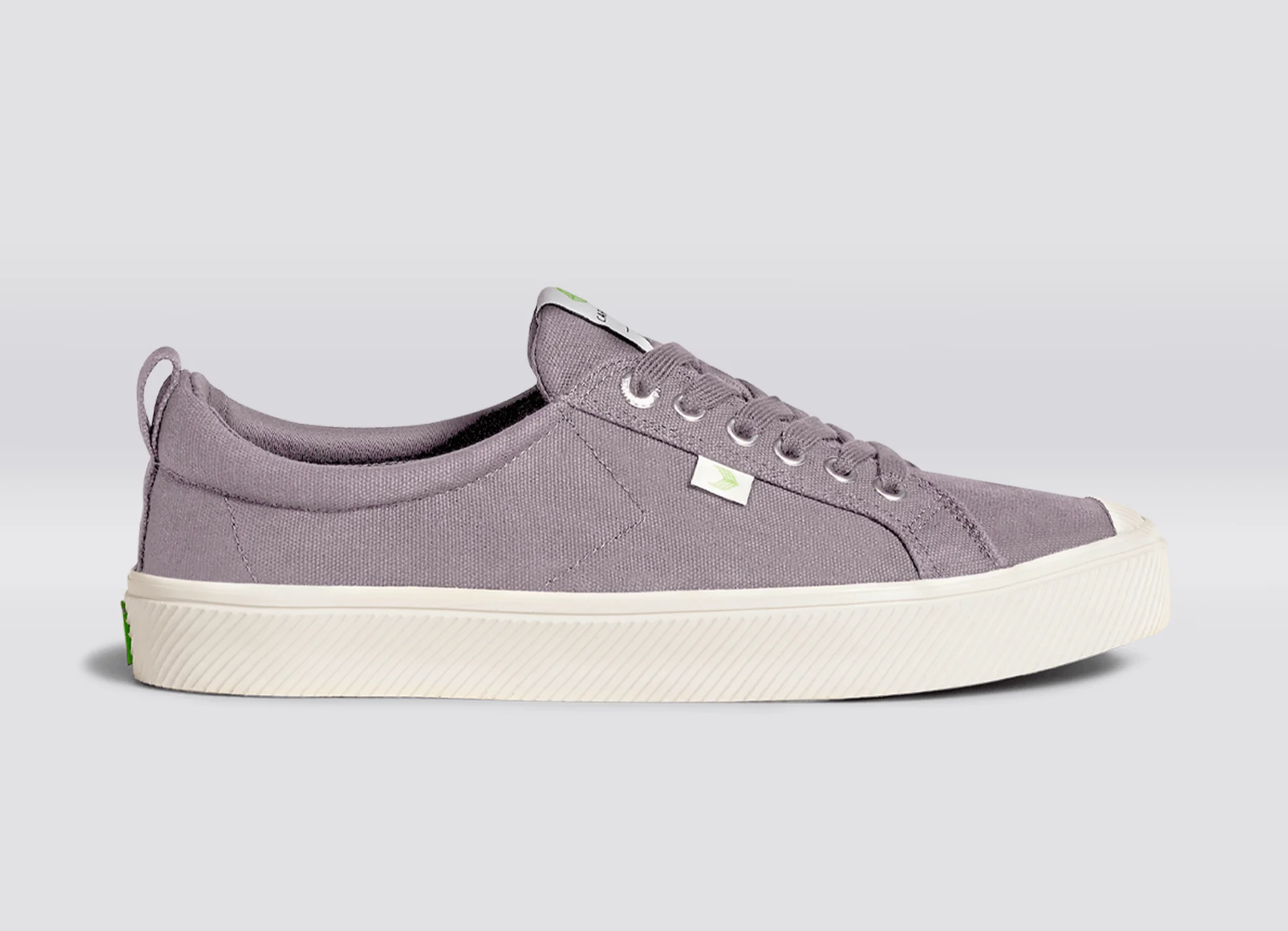
NIKE AIR FORCE 1 ’07
The Nike Air Force 1 ’07 is a really famous shoe that’s been around since 1982. It was first made for basketball but became popular outside of the court too. Lots of people still love it because it’s simple and stylish. The shoe is made with strong leather that feels comfy and supportive, especially after you’ve worn it for a while. It also has soft cushioning in the heel and a flexible rubber sole that lasts a long time. You can wear it with lots of different outfits, just like the Adidas Superstar. But because it’s made of leather, it might feel a bit stiff at first, and it’s not as cushioned as newer sports shoes, so it might not be the best for long walks or intense activities.
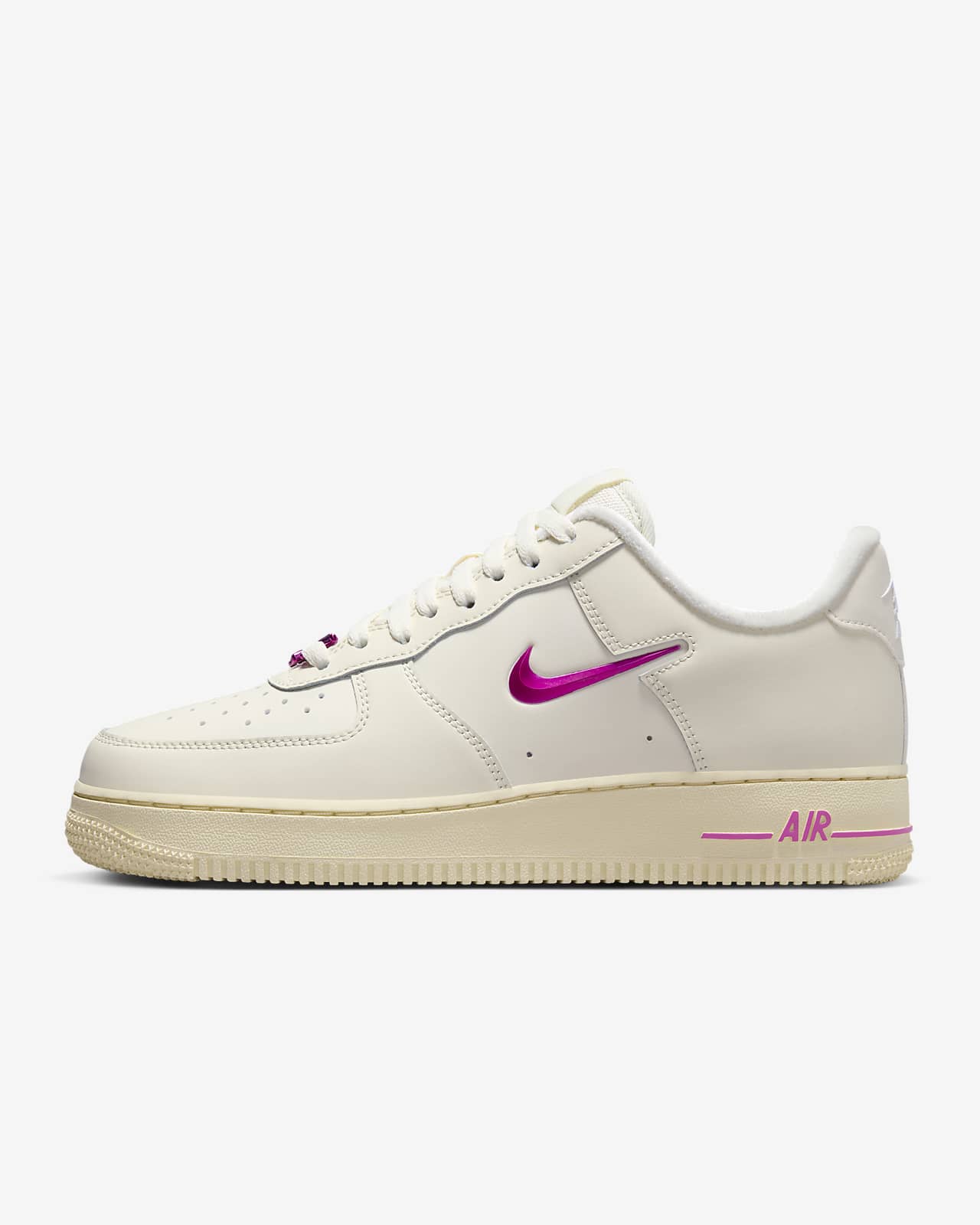
NIKE PEGASUS 40
The Nike Pegasus 40 is a good pick for running on roads, especially if you like shoes that feel comfy and supportive. It has soft cushioning made with Nike’s React foam, which makes long runs more comfortable. Even though it’s soft, it still keeps your feet stable with a wider base and special parts to help stop your feet from rolling too much. The top part of the shoe is made of a special mesh that lets air in, so your feet don’t get too hot and sweaty when you run. The bottom part of the shoe is strong and lasts a long time, even after you run many miles. But it’s a bit heavier than some other running shoes because it focuses more on being comfy and supportive than on being super light. Also, if you have narrow feet, it might feel a bit too roomy.

WHAT MAKES A COMFORTABLE SNEAKERS ?
Here are some key factors that contribute to a comfortable sneaker:
- Cushioning: This is a big one! Plush cushioning in the midsole absorbs shock and impact, reducing stress on your feet and joints. Common cushioning materials include EVA foam, React foam (Nike), Boost (Adidas), and Fresh Foam (New Balance).
- Support: A supportive shoe helps keep your foot stable and aligned, preventing injuries. This can be achieved through features like a wider base, supportive overlays, and proper arch support.
- Fit: A well-fitting shoe is crucial for comfort. It should be snug but not constricting, with enough wiggle room for your toes. A good fit helps prevent blisters, rubbing, and unwanted pressure points.
- Material: Breathable and flexible materials like mesh uppers allow for ventilation and prevent your feet from overheating. Leather uppers can also be comfortable, but often require a break-in period to soften up.
- Purpose: Different activities require different features. Running shoes prioritize cushioning and responsiveness, while walking shoes might focus on flexibility and durability. Training shoes should be stable and supportive for lateral movements, while casual sneakers can prioritize style and comfort for everyday wear.
ADDITIONAL FACTORS TO CONSIDER:
- Heel Height: A lower heel height generally promotes better stability and balance.
- Break-in Period: Some sneakers, especially those with leather uppers, might require a short break-in period before they feel comfortable.
- Personal Preference: Everyone’s feet are different! Some people prioritize maximum arch support, while others prefer a more minimalist feel. Trying on shoes before you buy and considering your own needs and preferences is important.
CONCLUSION
Our list of 20 comfortable sneakers for women offers a wide range of options to suit your style and needs. Whether you’re a runner seeking plush cushioning, a weightlifter prioritizing stability, or simply someone who wants a stylish and comfy shoe for everyday wear, there’s a perfect sneaker out there waiting for you. Remember, the most comfortable sneaker is the one that fits your foot well and supports your activities. Happy shopping!




